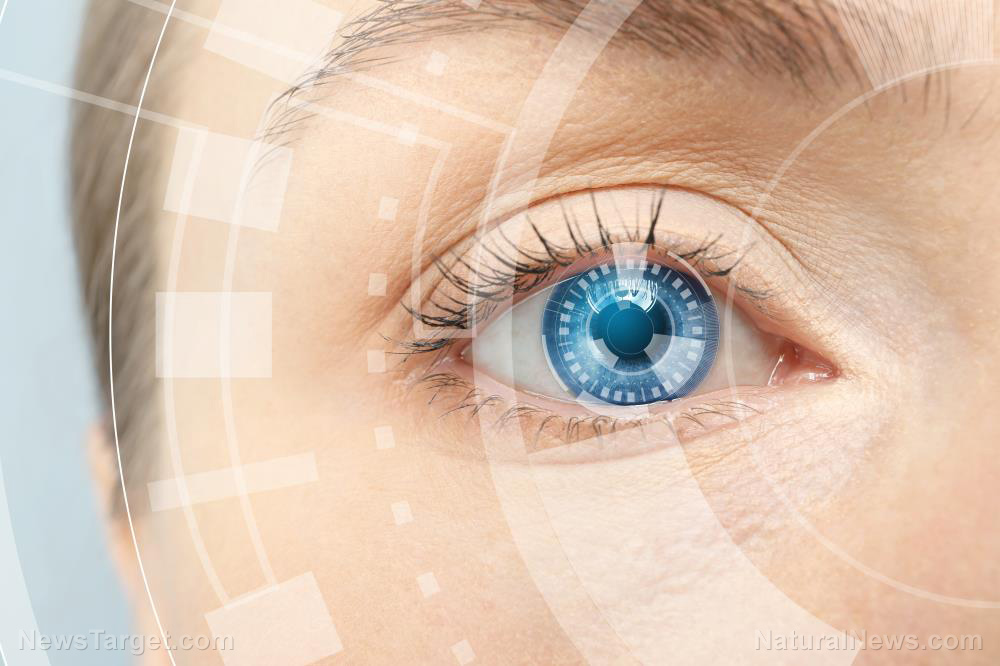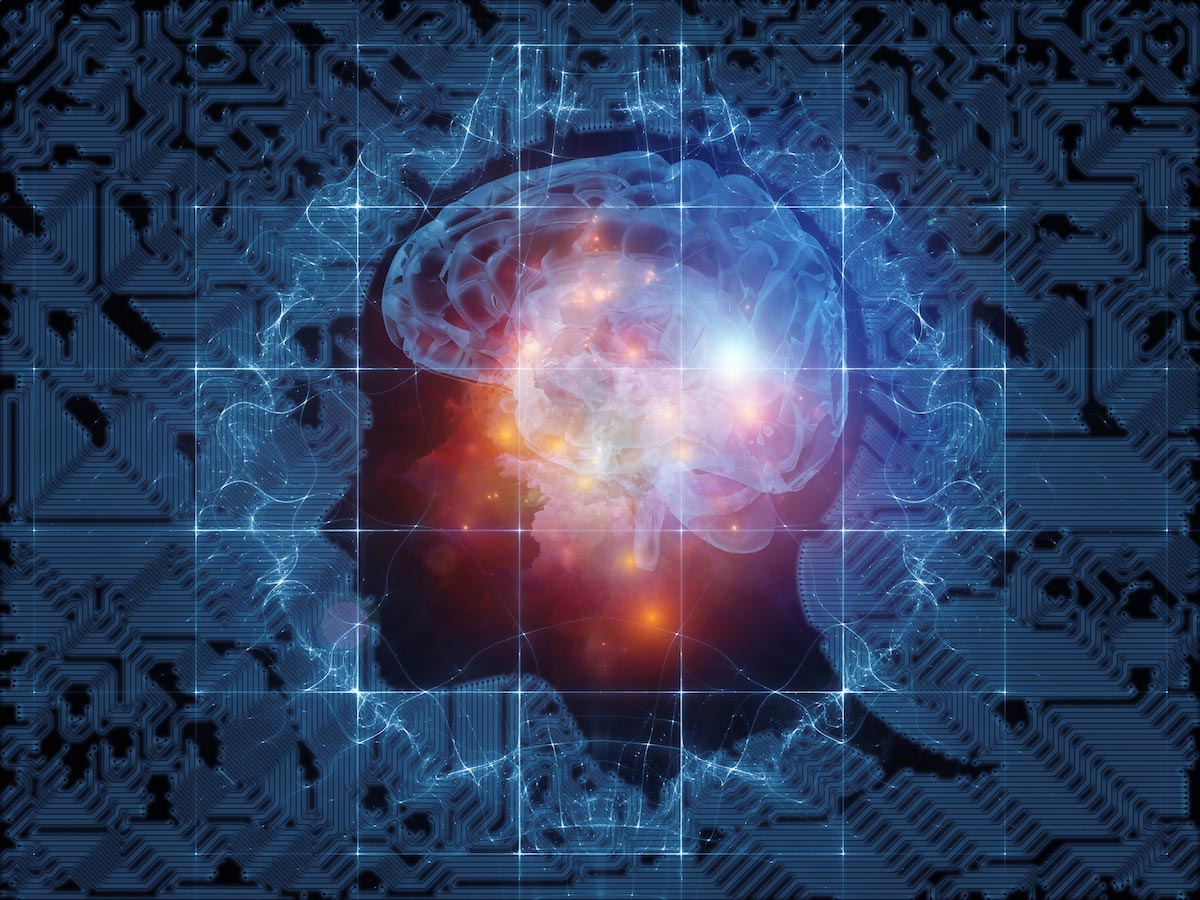The human eye has a spooky ability: It can detect “ghost images”
01/02/2019 / By Janine Acero

Some people claim they can see apparitions, things that aren’t really there, or just straight up ghosts. If you’re a skeptical person, you may chalk it up to fatigue, drunkenness, or even hallucinations — anything but actual ghosts. But there may be a sliver of truth to those claims after all. In a new paper posted on arXiv, scientists in Scotland at Heriot-Watt University in Edinburgh and the University of Glasgow have discovered that the human eye can actually detect “ghost images.”
However, these ghost images are far from paranormal entities or anything of the sort. Instead, these ghostly visions appear as gray pixels that have been projected from original images by hitting them with a pattern of light and recording the reflected light with a single pixel.
Ghost imaging relies on algorithms to encode images in random patterns. This complicated process was previously thought to be detectable only by computer, but scientists now have evidence that the human eye itself is capable of doing the required computations.
Ghost images
Ghost imaging has been a highlight in optics research in recent years. So how do “ghost images” work?
Think of a typical camera. To create an image, the camera has multiple pixels that take in light from one source, say sunlight, to create an image. In ghost imaging, the process starts with multiple light sources in a predictable array, then the light is collected by a single-point detector, usually called a “bucket.”
It works similarly to a LiDAR (light detection and ranging), which is a surveying method that measures the distance to a target by using a single-point laser to scan a scene. The detector captures how the light from the laser bounces back from each spot in the scene – the differences in return times and wavelengths – which can then be reconstructed into a 3D image of the target.
The research team discovered that a quicker way to get ghost images is to project patterns onto a scene instead of scanning it with a single light source. The light that bounces off the projected image, as well as its pattern, can then be measured.
The difference between that pattern of light and the original pattern projected contains the “ghost image” that a computer can then mathematically lift from the data. These images look like a faint grayscale version of the original image.
The mathematical steps in ghost imaging involve combining the original patterns and the projected patterns on the target by multiplying the original pattern against the light signal made by the target and the pattern at each spot and then summing up all those numbers across the whole scene. The scientists explored the idea that the human brain can replicate this process.
The human eye catches information lightning fast but takes a while to get rid of it
Starting with the second part of the computation, which is the summation of all patterns, the researchers projected checkerboard-type patterns called Hadamard patterns against a goofy image of Albert Einstein sticking his tongue out. Then, they used a single-pixel detector to collect the projected light patterns, which are then fed into an LED projector.
The LED projector shone the Hadamard-patterned Einstein image onto a screen that was showing the original Hadamard patterns, combining the two together. The researchers then show the resulting image to participants to determine what they see when looking at the summation.
The researchers found that when the summed up patterns were projected slowly – in one-second pulses or longer – participants saw only black-and-white checkerboard patterns. As the researchers sped up the projections, however, Einstein’s image emerged from the patterns.
The researchers tried the same technique using simpler images like that of numbers and letters, and found that they were legible in the “ghost” versions.
“Although the brain can’t individually see them, the eye is somehow detecting all of the patterns, and then keeping the information there and summing everything together,” said study co-author Daniele Faccio, a physics professor at Heriot-Watt University.
“The blacks and whites will start to disappear,” Faccio added. “They’ll become grayish, and you do actually start to see the image appearing in front of you.”
The human eye is capable of “lifting” the projected images from the data because of its slow refresh rate. This means that it captures a pattern in lightning speed, but takes a while to get rid of that pattern, before another one is projected. It is similar to how movies work, wherein images are projected on the screen faster than the human eye’s refresh rate, thus creating the illusion of smooth movement. (Related: Research into light sensitivity shows how the human eye responds to “invisible light,” impacting several important biological functions.)
The researchers determined that the projected patterns remained in the eye’s “memory” for about 20 milliseconds, then fades out over time. But because of the slow refresh rate, the 20-millisecond patterns overlap, and the eye sums up these patterns that create the projected ghost image.
The researchers regard this study as a gateway to exploring the human visual system. They aim to find out next if the human eye is also capable of the first step of the computation, which is combining the original and projected patterns, perhaps by overlapping inputs from the right and left eyes.
Find out what other technological processes are similar to human brain mechanisms at Discoveries.news.
Sources include:
Tagged Under: biotechnology, discoveries, eyes, future science, ghost images, ghost imaging, grayscale images, human eye, mind body science, optics, pixels, research, science and technology, vision



















